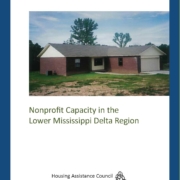Understanding the Colonias Investment Areas
Located along the U.S. and Mexico border, colonias communities lack a widely accepted definition and standardized boundaries, hindering investment. Fannie Mae and the Housing Assistance Council (HAC) have partnered to address this underserved market. Insights gained from our research are leading to greater understanding of the colonias region and potential investment opportunities.
Working Toward a Better Understanding of Colonia Communities for Mortgage Access and Finance
This research proposes an industry-standard, universal definition of colonias communities. The adoption of this definition can increase the effectiveness of future research and can help increase the understanding of potential investment opportunities. Learn more about this unique region and the 2.5 million people who call it home.
Colonias Mapping Tool
Find colonias communities and explore detailed tract and county data using our interactive mapping tool.
Download census tract level data that defines Colonias Investment Areas. The data also identifies how many communities in each Colonias Investment Area are associated with a federal, state, or local program.

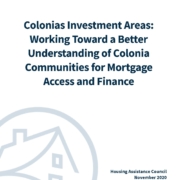
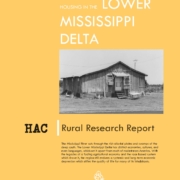
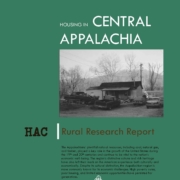
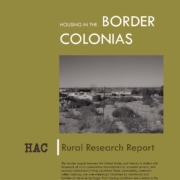 Test
Test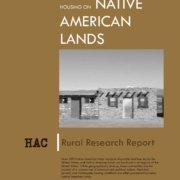
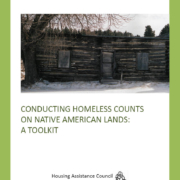 HAC
HAC